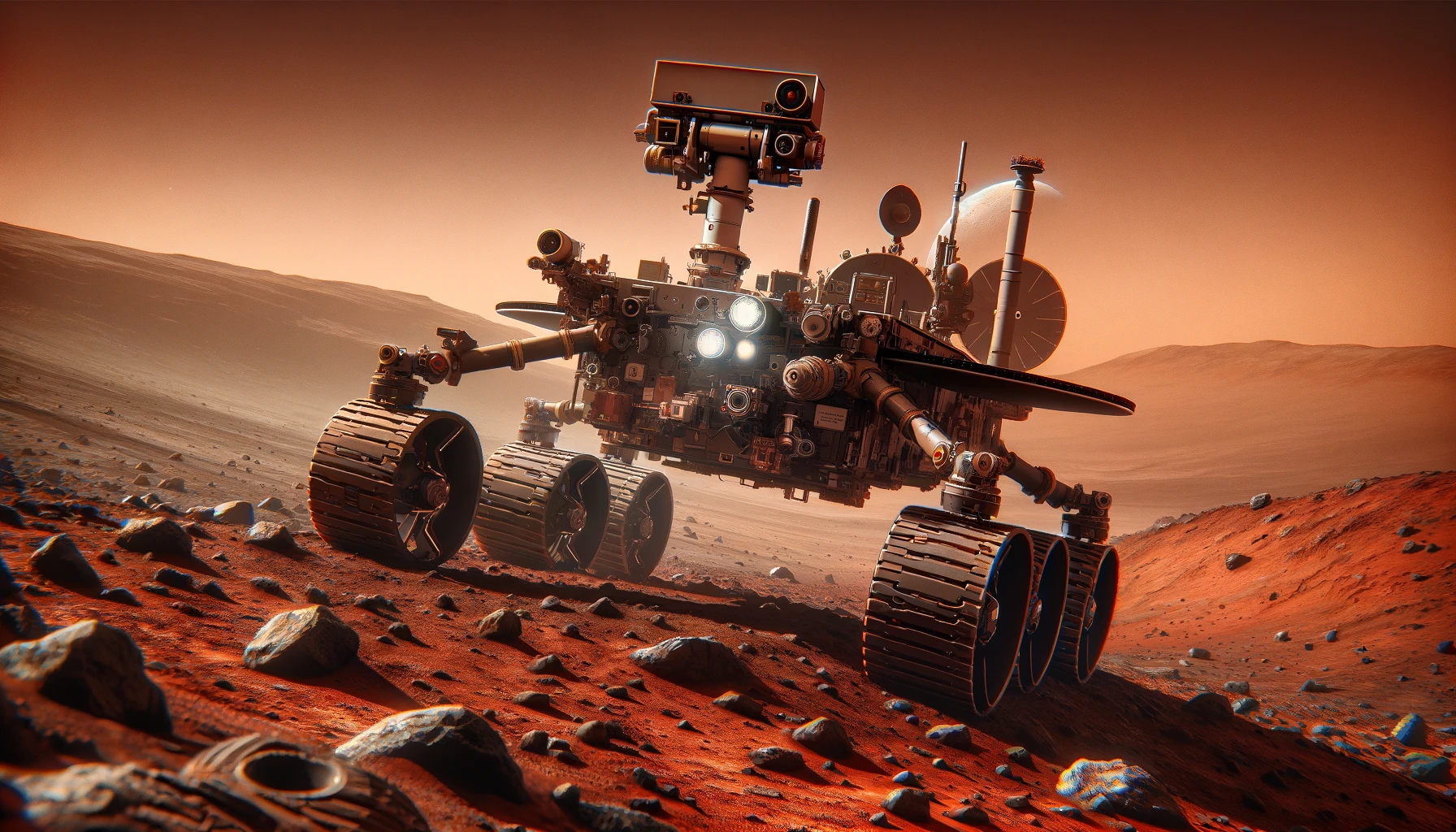NASA‘s 2024 Lunabotics Challenge has ignited a competitive spirit among over 40 college teams nationwide, all aspiring to push the boundaries of robotic technology for lunar missions. Each team is tasked with designing, building, and operating autonomous rovers capable of constructing berm structures out of lunar regolith. These structures are essential for shielding Artemis infrastructure on the Moon against various environmental hazards. This initiative not only prepares for future crewed lunar missions but also equips students with significant engineering skills pertinent to their future careers in space exploration.
Historical Context and Evolution
NASA’s Lunabotics Challenge, running since 2010, is part of the Artemis Student Challenges aimed at engaging students in STEM. Over the years, it has evolved from simple robotic maneuvers to complex tasks involving in-situ resource utilization, reflecting advancements in space technology and educational approaches. The focus on using lunar regolith for constructing berms is a recent development, emphasizing sustainable practices in space exploration. This evolution mirrors the growing emphasis on practical, hands-on learning experiences that directly contribute to NASA’s overarching goals for space exploration.
Comparatively, earlier iterations of the challenge involved basic tasks that did not contribute directly to NASA’s mission objectives. Today’s challenges are intricately tied to the Artemis missions, making the competition not just an educational exercise but a critical part of mission planning and execution. This shift highlights an educational paradigm where theoretical knowledge and practical application converge, preparing a new generation of engineers and scientists for the challenges of future space missions.
Impact on Participants and Technology
Kurt Leucht, a NASA software developer, highlighted the dual benefits of the challenge: advancing crucial engineering skills and directly contributing to NASA’s lunar mission preparations. The competition’s focus on autonomous technology and resource utilization is preparing participants for future challenges in space technology, while also advancing practical solutions for living and working on the Moon.
Details on Participation and Coverage
The challenge’s final demonstrations are scheduled for May 16-17 at the Kennedy Space Center Visitor Complex in Florida, with opportunities for media coverage and public viewing. Interested reporters are encouraged to make arrangements for attendance early to witness first-hand the innovative solutions developed by the future minds of space exploration. Additionally, the competition will be streamed live, allowing global audiences to tune into the exciting developments as they unfold.
Concrete Inferences from the Challenge
- Students gain real-world engineering experience relevant to lunar missions.
- Developments in rover technology contribute directly to NASA’s Artemis missions.
- The challenge fosters a deeper understanding of in-situ resource utilization.
As the 2024 Lunabotics Challenge approaches its climax, the implications of this competition stretch far beyond just educational benefits. It serves as a crucial preparatory step for NASA’s Artemis missions, potentially influencing the design and functionality of lunar infrastructure. Moreover, the focus on using lunar regolith for construction opens new avenues for sustainable space exploration, aligning with broader objectives of long-term human presence on the Moon. Such initiatives are crucial in building not only a skilled workforce but also in advancing technologies that will make living on other planetary bodies a reality.










